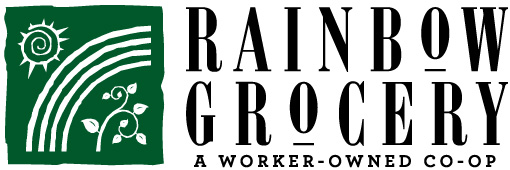Better treatments are needed for seizures in childhood. Many children have poorly controlled seizures on medications (15% of children) and many have excessive side effects on medications.
Black cumin seed (Nigella sativa) is anticonvulsant, in addition to many other effects. The plant is native in Iran and is part of Islamic practice. In this study, black cumin seed was tested for treating seizures. Black cumin is from the Ranunculaceae family. It is useful in diseases in which free radicals are involved, such as rheumatism, cancer and arteriosclerosis.
A major chemical in black cumin seed is thymoquinone, which is anticonvulsant in rats. It was more potent against seizures than the valproate. The water extract of black cumin seed is effective.
This study was a double-blind, cross over study with placebo controls. Twenty young people completed the study. They were treated with a water extract of black cumin seed (40 mg/kg/8 hours) for 4 weeks with their usual medications. The seizure types were tonic/clonic, myoclonic and infantile spasms. The patients on treatment differed, significantly, from placebo treated patients by the third week. Three patients were seizure free by 4 weeks.
The result of this study was that seizure frequency was significantly reduced when the patients were on the extract of black cumin seed. Nigella has not been found to have any significant side effects. The progress of each patient was evaluated by the staff and by the parents. Of the progress of the patients during the treatment period, 75% of the parents were satisfied.
CONCLUSION: A water extract of Nigella sativa (black cumin seed) is an effective anticonvulsant. This could be due to the thymoquinone found in black cumin seed. Further studies are needed to determine the mechanism of action of the extract.
NOTE: Quinones include vitamin K, color indicators for pH, dyes, photodevelopers (hydroquinone) and benzoquinone.
Nigella sativa is sometimes called Nigelia sativa. Read about the benefit of Nigella sativa in atherogenesis.
To read the author’s abstract of the article click on the link to the author’s title of the article above.
PMID: 18049435.
Summary #409.

